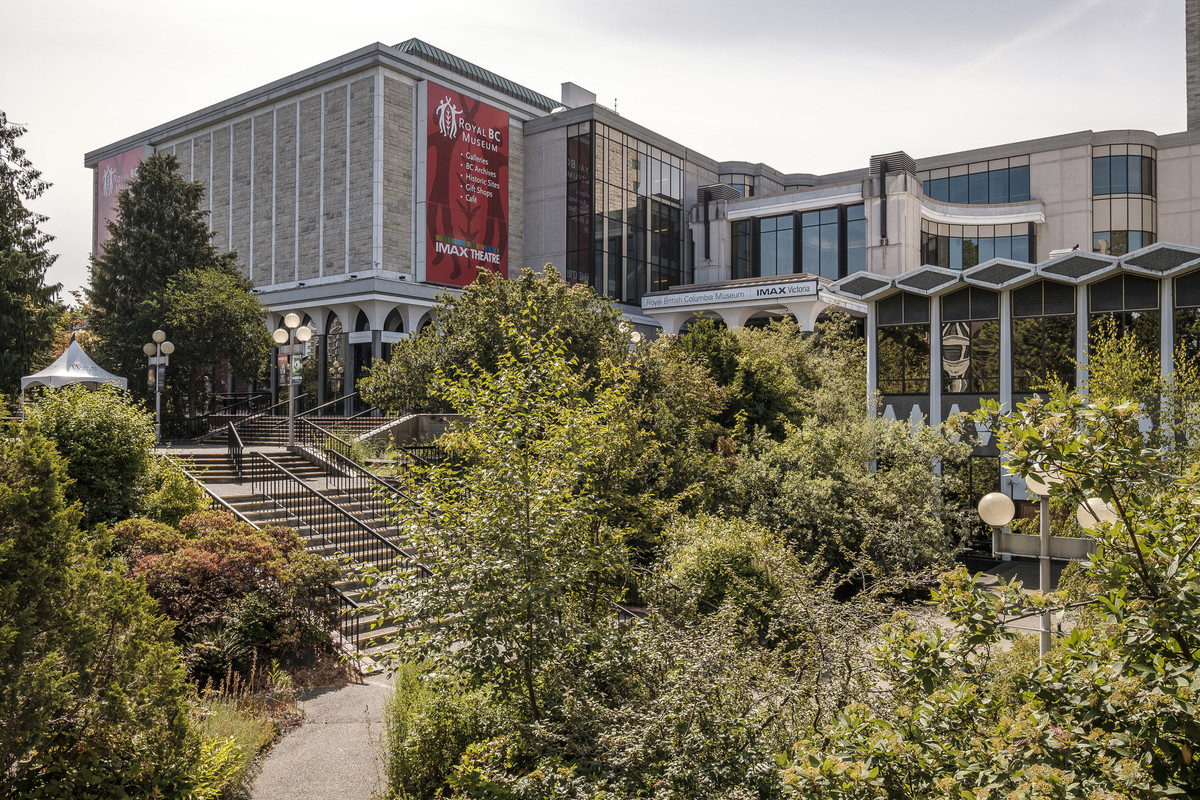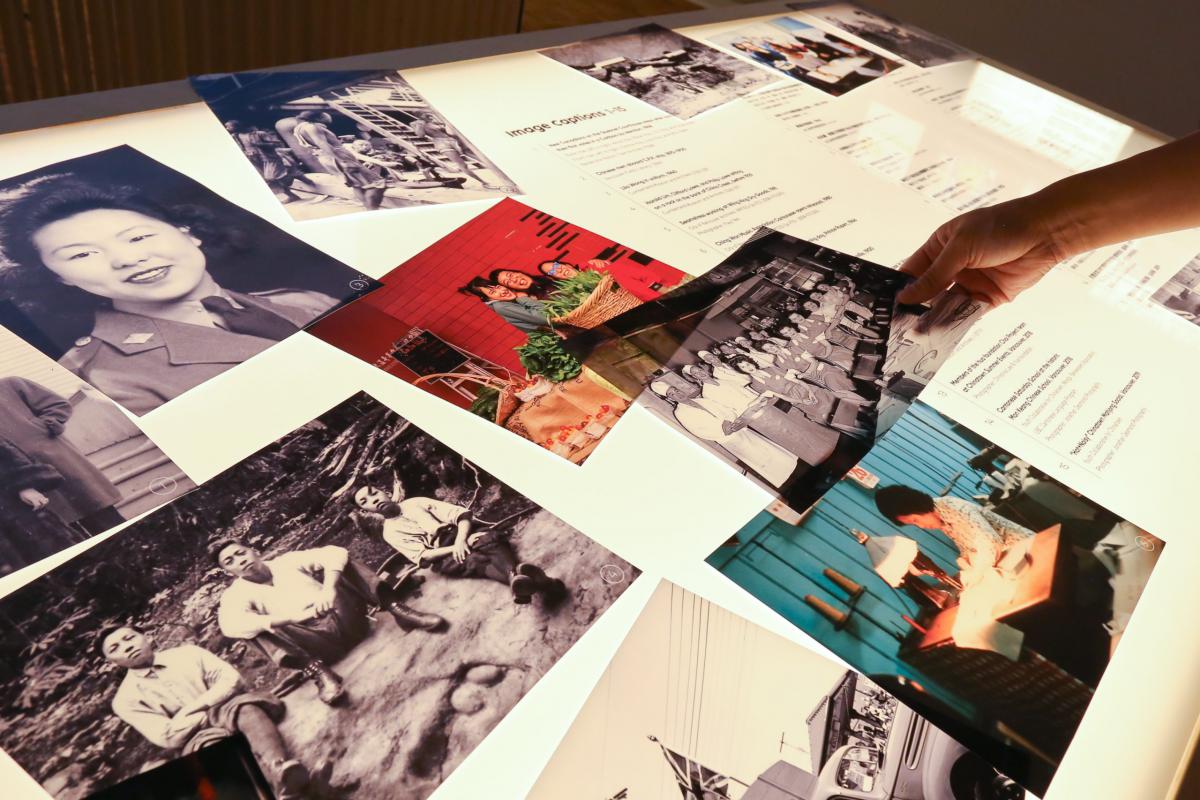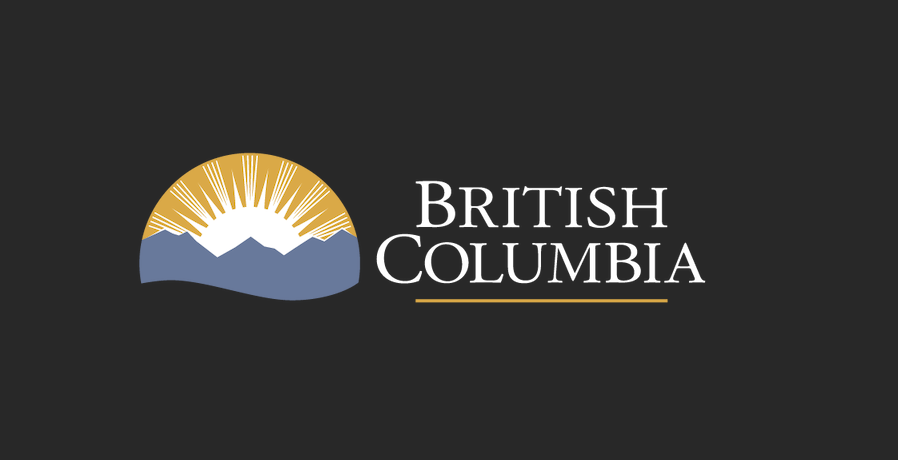
Canadians of South Asian Heritages Museum
On this page:
Overview
Who: The Ministry of Tourism, Arts, Culture and Sport
What: A community-led, province-wide engagement to inform the vision for a new museum celebrating the contributions and cultures of Canadians of South Asian heritages in B.C.
Where: Province-wide
Why: To highlight the histories, cultures, and contributions to British Columbia made by Canadians of South Asian heritages.
How: See engagement process
Vision
This engagement process was guided by principles of equity, inclusion, accessibility, cultural safety, anti-racism, and anti-casteism. It provided multiple and varied opportunities for participation, where communities and individuals throughout the province came together to discuss their vision for a museum, including its location, name, and mission.
We understand that there are issues and sensitivities regarding the term ‘South Asian’ and it can be a divisive term. The terms ‘South Asian’ or ‘South Asian Canadian’ share the virtues and the shortcomings of any broad category: these categories reveal as much as they obscure. The temporary working name “Canadians of South Asian Heritages Museum” is a placeholder for this initiative until an official name can be determined by the communities who will shape and define the space.
Background
The Province committed to start work to advance a museum focused on the contributions of Canadians of South Asian heritages to B.C. in 2017.
This initiative builds on the Punjabi Canadian Legacy Project (2014-2018) and the South Asian Canadian Legacy Project (2020-2022) led by the South Asian Studies Institute and supported through funding from the Multiculturalism and Anti-Racism initiatives of government. This work includes a website, education curriculum supplements, a social history book, a travelling exhibition, historical site inventories, settler stories and community specific projects.
Additionally, government further celebrated and acknowledged the diversity and contributions of Canadians of South Asian heritages in British Columbia through Heritage BC. Heritage BC was contracted to administer the public nomination process for places of historical significance to Canadians of South Asian heritages in British Columbia. The nomination period in 2016 resulted in the naming of 15 historical sites throughout the province and a corresponding map.
Canadians of South Asian heritages have an extensive, diverse and inspirational histories in British Columbia dating back to the early 1900’s. The contributions of Canadians of South Asian heritages, both past and present, are integral to the legacy and continued success of our province. From agriculture and forestry to entrepreneurship and social activism, British Columbians of South Asian heritage have contributed to all aspects of our province. However, these accomplishments and contributions are not without great adversity.
It is integral to recognize that the province was not always welcoming to people with South Asian heritages. Canadian communities of South Asian heritages have been subject to extensive discrimination, exclusion and racism which continues to manifest. Looking back there are various established instances of harm to these communities: discrimination through the restriction of immigration for women, children and families of already arrived Canadians of South Asian heritages; exclusion through disenfranchisement and restrictions on the ability to come and go from Canada; as well as many overt acts of racism through work, education, and community.
The limitations and diminishment applied to Canadians of South Asian heritages through history were applied regardless of individual heritage, culture, or religion. As such, policy and legislation to harm and restrict Canadians of South Asian heritages was enacted through, at that time, anti-Asian immigration and sentiment. The diversity and unique identities of Canadians of South Asian heritages was reduced and minimized by colonial worldviews. This created a shared experience in establishing roots in B.C. for individuals and communities of South Asian heritages.
There has been work done to date to highlight this history and celebrate the contributions and accomplishments of Canadians of South Asian heritages. However, there is more needed to address these historical injustices, to fight discrimination and to create a more welcoming and inclusive province. The goal for this project is to gain insight from Canadian communities of South Asian heritages on what is important and meaningful for them. As well, to create a museum that celebrates, recognizes, and shares the stories, cultures, and successes of Canadians of South Asian heritages.
Considerations: learning, language, and definitions
Typically, these types of broad engagements with diverse cultural groups are multi-faceted, and the process of creating this new museum will be equally varied. It means that sharing and building on one another’s ideas in a spirit of genuine collaboration is vital. The name of the new museum – and how we refer to it during this engagement process – is a useful example.
The temporary working name “South Asian Canadian Museum” is intended to be a placeholder until a name is determined. The terms “South Asian” or “South Asian Canadian” share the virtues and the shortcomings of any broad category: these categories reveal as much as they obscure. “South Asian” can be a unifying term and it can be a divisive term. Through initial engagement with the Ministerial Advisory and communities, it became clear that the temporary working name “South Asian Canadian Museum” as a placeholder does not accurately reflect the diverse individuals and experiences that this initiative aims to celebrate. As such, the placeholder for this initiative is being updated to “Canadians of South Asian heritages Museum” until an official name can be determined.
Naming an institution such as a new museum presents an opportunity to think deeply about the museum’s purpose. Knowing that no name will be perfect or preferred by everyone, what should this new museum be called? What “image” does the new museum’s name need to convey? These are the kinds of questions, along with the location, vision, and purpose of the new museum, that were explored during this engagement process.
Additionally, the definition of a museum comes into question when discussing the vision and purpose of this space. As individuals and communities share their cultures, languages and heritages, the vision may emerge as something other than a traditional museum model.
Definitions:
- South Asian Canadian has been a broadly used term during the past 20 years, but is increasingly viewed as not respectful. Statistics Canada describes South Asian Canadians as a sub-group of Asian Canadians consisting of a range of ethnic, religious and linguistic groups whose ancestries, immigration histories and personal experiences include those with Bangladeshi, Bengali, East Indian, Goan, Gujarati, Hindu, Ismaili, Kashmiri, Nepali, Pakistani, Punjabi, Sikh, Sinhalese, South Asian, Sri Lankan and Tamil ancestry. South Asians may have been born in Canada or other parts of the world, but their heritage is associated with the Indian sub-continent
- Diaspora refers to the dispersion or spread of a people from their original homeland
- Community-led means communities engaging amongst themselves, within their spaces in ways that work for them to discuss aspects of the project specific to their perspective, experiences, and vision
Engagement process
This engagement sought feedback from a wide and diverse range of perspectives to carefully balance what is shared, and what is unique and distinctive, between and within particular communities.
How a museum is created plays a role in the museum’s future culture. The engagement process was designed and shaped by different communities, groups and individuals and continually refined in ways that made sense to those communities, groups and individuals. The process was designed to be inclusive, transparent and multi-faceted – and responsive to feedback.
The engagement included a public survey, online submissions, community-hosted conversations, youth engagement, one-on-one discussions and targeted engagement. The targeted engagement was necessary to ensure a broad range of voices were captured from smaller heritage groups as well as subject matter experts such as academics and museum professionals.
This phase of engagement is now closed for feedback. For further information, contact CSAHMuseumEngagement@gov.bc.ca. Insights from this process are summarized in the final What We Heard report below.
Results
The interim What We’ve Heard So Far report, released in August 2024, provided early insights based on initial public engagement that began in April of that year. It primarily reflected feedback from Punjabi-Sikh communities and acknowledged the need for broader representation and deeper analysis.
In contrast, the final report, published on August 6, 2025 after a full year of engagement, presents a comprehensive summary of input from over 16,000 participants. It incorporates diverse voices across the South Asian diaspora, includes targeted outreach and youth engagement, and integrates expert perspectives and detailed thematic analysis to guide the development of the proposed museum.
Read the What We Heard Report (PDF, 3MB)




